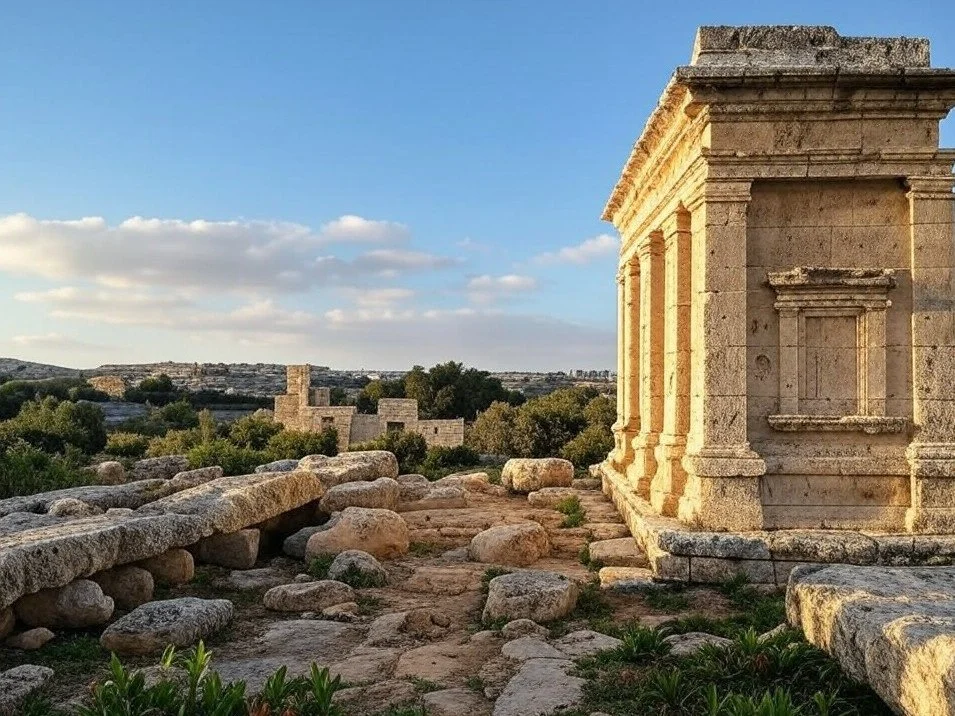The prehistoric temples of Malta stand as some of the oldest megalithic structures in Europe, dating back to around 3600 BCE. These remarkable constructions, including the well-known Ħaġar Qim, Mnajdra, and Ġgantija, predate even the pyramids of Egypt. Their sophisticated design and alignment with celestial events suggest a deep understanding of astronomy and religious practices among early European societies.
Purpose and Function
The temples of Malta are believed to have served as religious and ceremonial centers. Excavations have revealed altars, statues, and evidence of ritualistic animal sacrifices, indicating their role in spiritual and communal activities. The structures' layouts, featuring apses and interconnected chambers, suggest they were designed for processional rituals and gatherings. Additionally, some temples align with the solstices, reinforcing the idea that they played a role in astronomical observations and seasonal cycles.
Insights into Early European Societies
These megalithic structures provide valuable insights into the social organization and technological advancements of prehistoric Europe. The construction of such large temples required a high degree of planning, labor coordination, and engineering skills. The presence of intricate carvings and figurines, including representations of deities or fertility symbols, points to a complex belief system centered on nature and possibly ancestor worship. Furthermore, the temples' prominence indicates a structured society with specialized roles, including builders, priests, and artisans.
Conclusion
The temples of Malta offer a fascinating glimpse into the religious, social, and technological capabilities of early European societies. Their age, architectural complexity, and astronomical alignments demonstrate a civilization with advanced knowledge and a strong communal identity. As some of the oldest free-standing structures in the world, these temples remain a testament to human ingenuity and spiritual devotion in prehistoric times.







